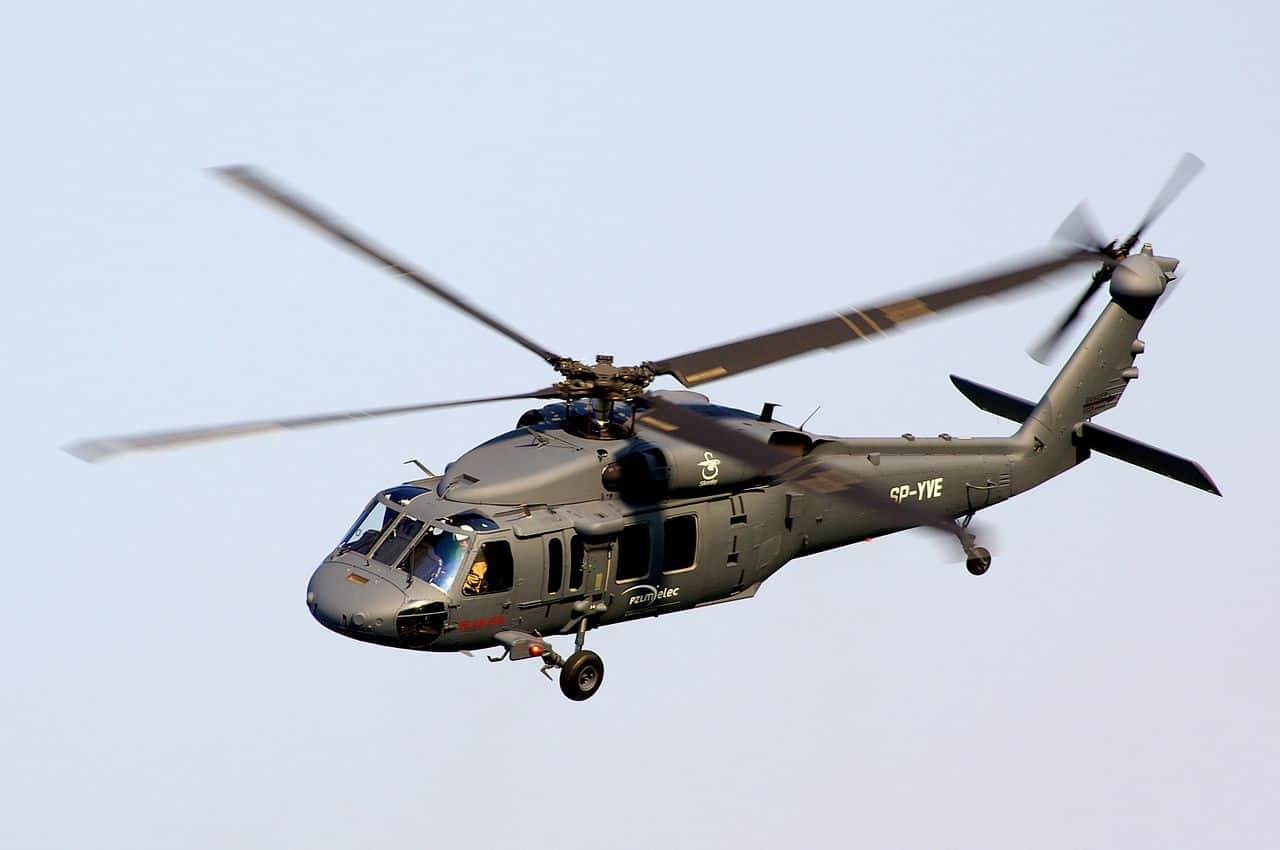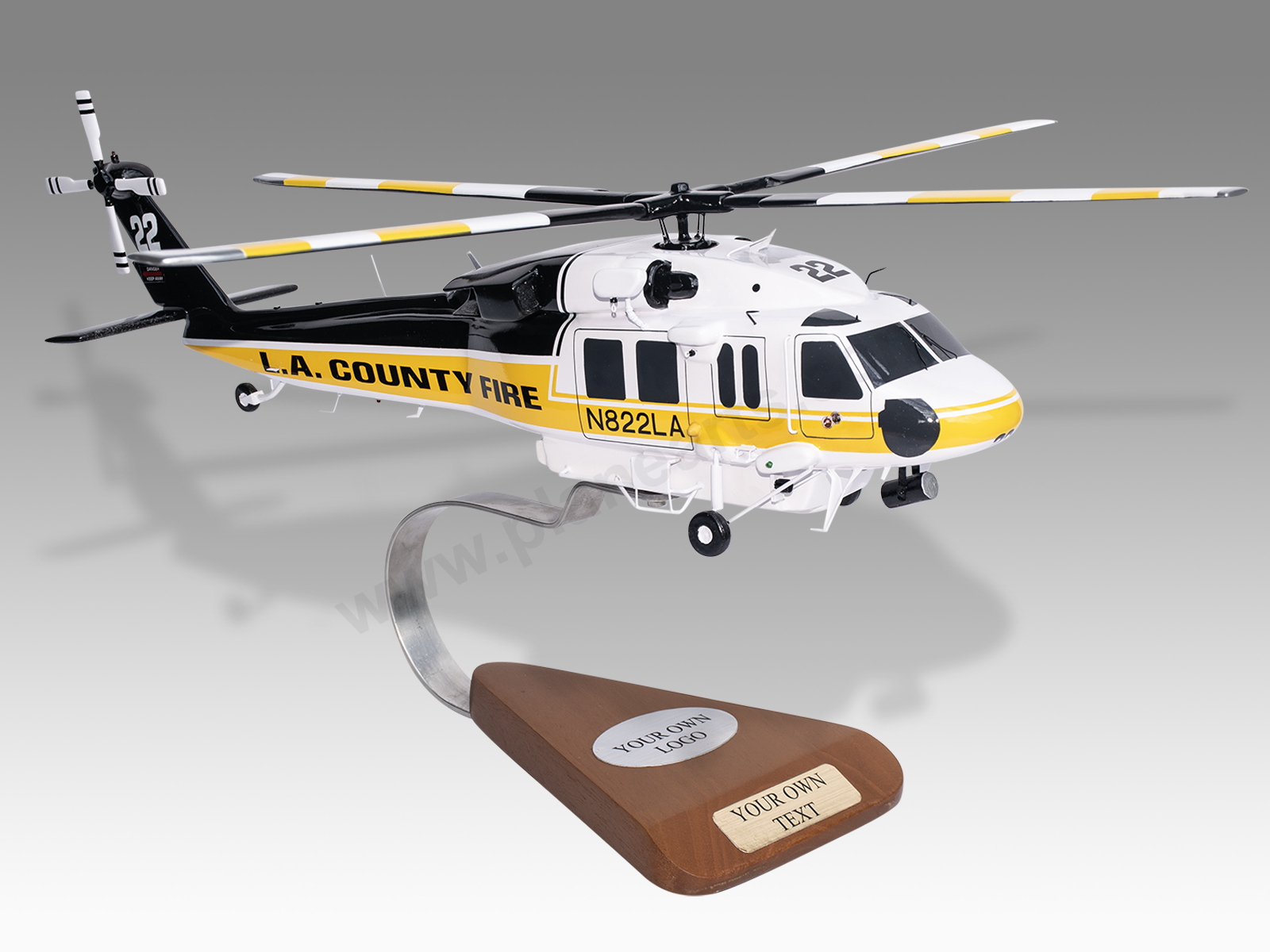High-Performance Multi-Role Rotorcraft Featuring Advanced Cockpit Technologies and Integrated Sensing Unit Systems
The realm of rotorcraft innovation has seen significant advancements in current times, especially in the world of high-performance multi-role rotorcraft furnished with cutting-edge cabin innovations and perfectly integrated sensor systems. In the following discussion, we will certainly explore the advancement of rotorcraft technology, dive right into the realm of innovative cabin developments, and check out the implications of incorporated sensing unit systems on the functional flexibility and performance of modern rotorcraft.
Development of Rotorcraft Modern Technology
The development of rotorcraft innovation has been marked by significant developments in aerodynamics, materials, and propulsion systems, shaping the capacities and efficiency of modern-day rotorcraft. Furthermore, developments in propulsion systems, including more effective engines and cutting-edge propulsion modern technologies, have actually allowed rotorcraft to achieve greater elevations, faster speeds, and greater hauls.
These improvements have not only transformed the capabilities of rotorcraft yet have actually additionally broadened their applications throughout numerous industries, consisting of army, industrial, and emergency solutions. The continuous evolution of rotorcraft technology remains to drive advancement in the field, pressing the limits of what is possible and forming the future of vertical trip.
Advanced Cockpit Innovations
Structure upon the foundational advancements in the rules of aerodynamics, materials, and propulsion systems, the world of rotorcraft technology now changes emphasis in the direction of pioneering Advanced Cabin Innovations. The combination of advanced modern technologies within the cockpit setting plays a vital role in boosting the functional capabilities, safety and security, and effectiveness of modern-day rotorcraft. sikorsky s 70. Advanced Cockpit Innovations include a wide variety of attributes developed to provide pilots with improved situational recognition, streamlined information management, and user-friendly control user interfaces
One of the crucial advancements in cockpit layout is the implementation of glass cabins, which replace traditional analog assesses with high-resolution display screens. These digital systems use personalized layouts, real-time data assimilation, and boosted readability, enabling pilots to gain access to essential information at a glimpse. Advanced avionics systems, such as fly-by-wire controls and increased fact displays, are transforming how pilots engage with the aircraft, enabling for accurate control and improved decision-making abilities.


Incorporating advanced cabin advancements not only enhances pilot efficiency but also adds to general mission performance and security in complex functional environments. By leveraging state-of-the-art modern technologies within the cockpit, rotorcraft suppliers are establishing new criteria for operational quality and mission success.
Integrated Sensing Unit Solutions
With the evolution of rotorcraft modern technology, the combination of advanced Integrated Sensor Systems has actually come to be vital in enhancing operational performance and safety. These Integrated Sensing unit Solutions include a wide selection of innovations that provide essential data for numerous functions such as navigation, security, targeting, and environmental tracking. By seamlessly integrating sensing units like radars, cameras, lidar, and infrared systems into rotorcraft, drivers can gain from enhanced situational understanding, enhanced goal abilities, and lowered pilot work.
One key advantage of Integrated Sensing unit Systems is their ability to go to the website gather real-time information and give workable insights to pilots and mission operators. Advanced radar systems can spot and track targets over long distances, enabling for very early danger discovery and reliable feedback preparation. Additionally, integrating infrared and electro-optical cameras enables rotorcraft to conduct reconnaissance and surveillance missions with precision and precision.
Basically, the assimilation of cutting-edge sensor technologies right into rotorcraft not just boosts functional efficiency however likewise contributes considerably to overall mission success and crew safety. As rotorcraft remain to evolve, the duty of Integrated Sensing unit Solution will undoubtedly remain at the forefront of technology in the aerospace sector.
Operational Flexibility and Performance
Enhancing functional adaptability and effectiveness in rotorcraft is a natural development from the combination of sophisticated Integrated Sensing unit Systems. By leveraging the insights and data given by these sophisticated sensor systems, rotorcraft can optimize their efficiency across various goals and atmospheres.
Operational convenience includes the ability of rotorcraft to adjust to different duties and situations efficiently. With innovative cockpit technologies and incorporated sensor systems, rotorcraft can flawlessly shift in between jobs such as look at more info search and rescue, clinical discharge, monitoring, and extra. This flexibility enhances the rotorcraft's capability to fulfill diverse functional needs without calling for comprehensive reconfiguration.
Performance in rotorcraft operations is crucial for taking full advantage of mission efficiency and resource application. Integrated next page sensor systems play a pivotal function in boosting operational effectiveness by giving real-time data on weather condition problems, terrain mapping, target tracking, and a lot more. This information enables pilots to make enlightened decisions swiftly, optimize trip courses, conserve fuel, and improve total mission productivity.
Impact on Modern Air Travel Procedures

Moreover, the integration of innovative sensors promotes improved goal planning and implementation, allowing rotorcraft to perform a large range of jobs with enhanced precision. From search and rescue procedures to aerial firefighting and legislation enforcement missions, the abilities of modern-day rotorcraft geared up with sophisticated cabin innovations and incorporated sensor systems are unequaled.
Moreover, the influence of these improvements expands beyond operational performance to cost-effectiveness and sustainability. By optimizing flight paths, gas intake, and maintenance schedules, high-performance rotorcraft furnished with innovative cabin technologies and sensors add to lowering functional costs and environmental effect, making them crucial assets in modern aviation operations.
Final Thought
In final thought, the high-performance multi-role rotorcraft with innovative cabin modern technologies and incorporated sensing unit systems stands for a significant advancement in air travel technology. These developments improve operational adaptability and efficiency, ultimately affecting contemporary aviation operations in a positive way. The integration of these advanced technologies permits improved capabilities and performance in numerous goal situations, showcasing the continued development of rotorcraft innovation in the aviation industry.
The world of rotorcraft modern technology has actually seen significant improvements in recent times, particularly in the world of high-performance multi-role rotorcraft furnished with innovative cockpit technologies and seamlessly integrated sensing unit systems. From boosted goal flexibility to improved operational performance, the merging of sophisticated cabin modern technologies and incorporated sensor systems has actually ushered in a brand-new age of possibilities for rotorcraft applications. In the adhering to discussion, we will discover the development of rotorcraft technology, dive into the world of sophisticated cockpit technologies, and take a look at the implications of integrated sensing unit systems on the operational versatility and performance of contemporary rotorcraft.
